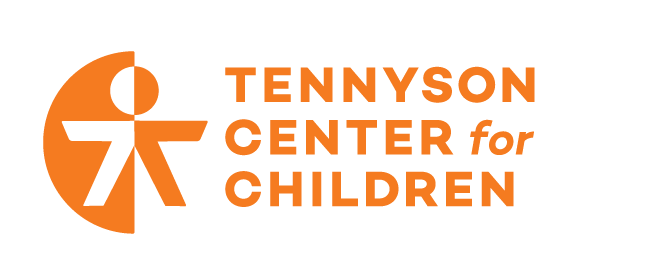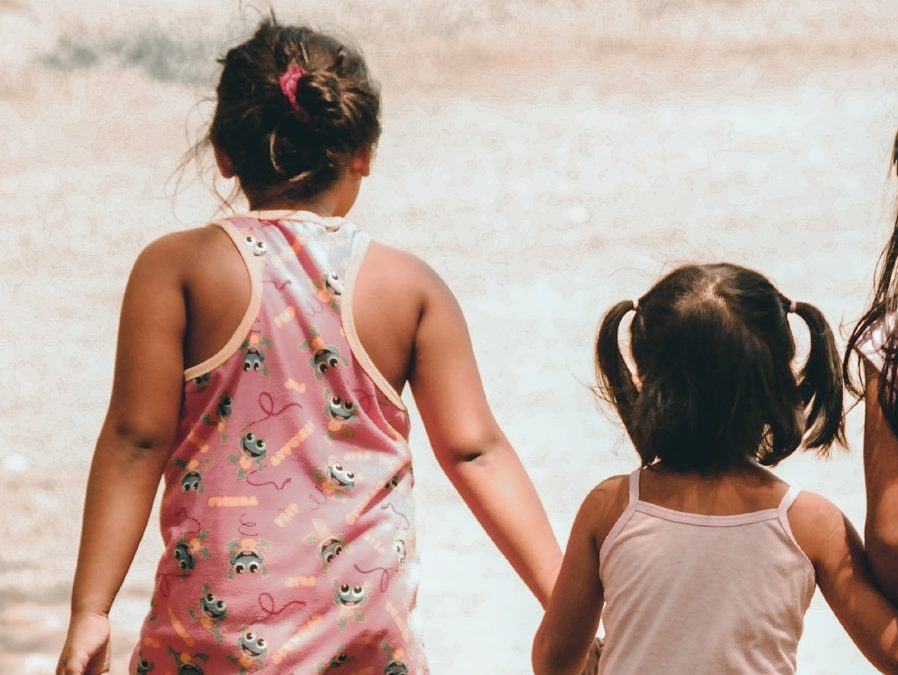Repost: Moving Upstream: Solving for Family Well-Being
Tennyson Center for Children is proud to partner with the Institute for Family to advance a system of child and family wellbeing. Learn more about the Institute here. The below article has been reposted from the Institute for Family’s website. You can read the original post here.
“Two initiatives come together to advance a family well-being system.
Children’s Home Society of North Carolina and Tennyson Center for Children share a vision for families across the country. While our vision is the same, we bring unique experiences, skills, and strategies to advance the work. Over the coming years our individual initiatives – Rewiring and Institute for Family – will work together to advance common goals. We believe our collective action has the power to move us forward and we welcome the opportunity to work with others who share this vision for families.
We envision a world in which children experience healthy, happy childhoods and families are equipped with the resources and capacity they need to lead fulfilling lives and reach their full potential. We envision a world in which when parents encounter challenges – as we all inevitably do – that strong child- and family-serving systems, both formal and informal, step forward and offer what is needed. We envision a world in which trauma – like child neglect and abuse – is rare and quickly, comprehensively addressed such that children and families are on the path to thriving.
There is no system that currently exists to support this vision. We lack a system that is sustainably resourced and accountable for supporting child and family well-being.
In the absence of a child and family well-being system, we have a patchwork of systems – each attempting to ensure success in one domain or the other – inviting children and families to “fall through the cracks” and risk factors to persist and multiply, ultimately breeding trauma. There are countless data points that show that this isn’t working – that something fundamental is missing. We see schools failing to support success among their students of color. We see maternal mortality rates that defy expectations in the worst ways. We see child neglect, abuse, and trauma persisting when, tragically, much of it could have been prevented. And we see an overburdened child welfare system that continues to be asked to serve too many children and bear too much of the weight of families who need and should have received support long before they came to the door of child welfare.
In the absence of a family well-being system, the child welfare system, designed to respond to families in crisis with a limited set of high-cost, reactive services, has long served as the last line of defense. Sadly, the existing financial and policy framework that defines the child welfare system requires that things get “bad enough” before child welfare is able to step in.
Without a clear “upstream” point of origin, we dilute resources by spreading them across a multitude of disconnected systems, hoping the whole will somehow become greater than the sum of its parts. We end up pouring billions of public dollars into the child welfare system and grow increasingly angry when it fails to prevent trauma though it was designed as a crisis-response system. The child welfare system has been increasingly compelled to grow beyond its original intent in an attempt to solve for the absence of a child and family well-being system. The child welfare system was not designed to nor is it resourced to serve that role.
None of this makes any sense and it doesn’t have to be this way. What if we could update and refocus the child welfare system on its original, narrow scope and, at the same time, build what is missing? What if we could imagine and create a new system, one that addresses, and ultimately prevents, the conditions that contribute to the risk of child maltreatment and drastically reduces the need for foster care as an intervention?
We don’t know what all it will take to move in that direction, but we have some thoughts on at least a few “necessary but not sufficient” elements. There are no silver bullets, there is no one-size fits all. But we think that changing flow of our national $80+ billion investment in child welfare in ways that truly improve lives – that truly build on children’s and families’ strengths and stories to help them succeed – is part of it. We think that a more comprehensive, strategic approach to the implementation and policy feedback loop is part of it. We think that innovation, modeling, and reimaging how children, families, and communities are supported on their path to thriving is part of it. We think that addressing the conditions (i.e. income insecurity, affordable housing, transportation, and access to healthcare) that contribute to family stress and child maltreatment is part of it. We know that putting the voices of children, families, and communities at the center and engaging with them as true partners – giving up some of our power, owning and making amends for our own missteps and the missteps of the field – is part of it.
In the midst of profound challenges, we’re heartened by the growing momentum and renewed commitment of the child welfare community to always move forward on behalf of – and, increasingly, alongside – children and families. There’s amazing work underway across the country. We’re excited by so much of what we see from longtime friends and new champions alike. And we’re excited about the work we’re undertaking alongside partners – specifically:
Colorado is asking and exploring the question of, what if, by removing arbitrary barriers, we could liberate communities to invest to stop the flood of children into the child welfare system thus improving outcomes not only for those children and families kept out of child welfare but also for those who ultimately do become involved? What if we could rewire public funding to sustain it going forward? Partnering with diverse stakeholders, the Tennyson Center for Children is testing this hypothesis with ten counties in Colorado and is seeing impact.
Rewiring is harnessing an incredible moment and opportunity in the field – thanks to groundbreaking federal legislation, amazing leaders, and a growing swell of voices demanding change – to build toward a new vision. We need to not only disrupt the child welfare system – disruption is easy – but to also strategically redirect the flow of dollars that function as perverse incentives within the current system towards the outcomes we want.
The Institute for Family is igniting the movement toward this new vision. We are building the will to advance child and family well-being so that we can dramatically reduce our over reliance on foster care and tap into the inherent strength and resilience of families. We are doing this by partnering with families to tell their real, authentic, and compelling stories about why we need to radically transform how we serve families. We will shine a light on the conditions that too many families face that lead to the kind of chronic stress in the home that can result in child maltreatment. We will also work together with leading individuals and organizations in the field to highlight the emerging insights and innovations that are showing us what a family well-being approach can look like. We will produce, aggregate, and distribute multimedia content to educate and inspire decision makers and work with them to advance the policies, practices, and resource flow that will increase prevention-based approaches and decrease the need for foster care as an intervention for families.”
Authors:
Matt Anderson, VP of Programs and Business Development | Children’s Home Society of North Carolina
Tiffany Perrin, Accelerator Chief | Tennyson Center for Children







